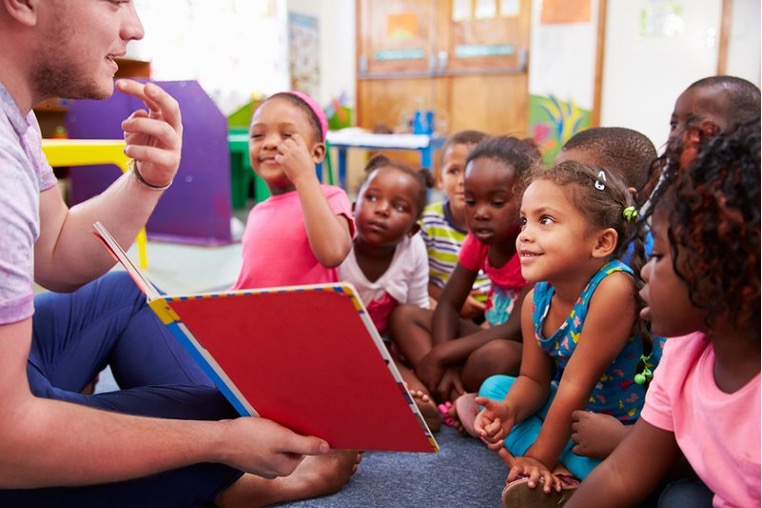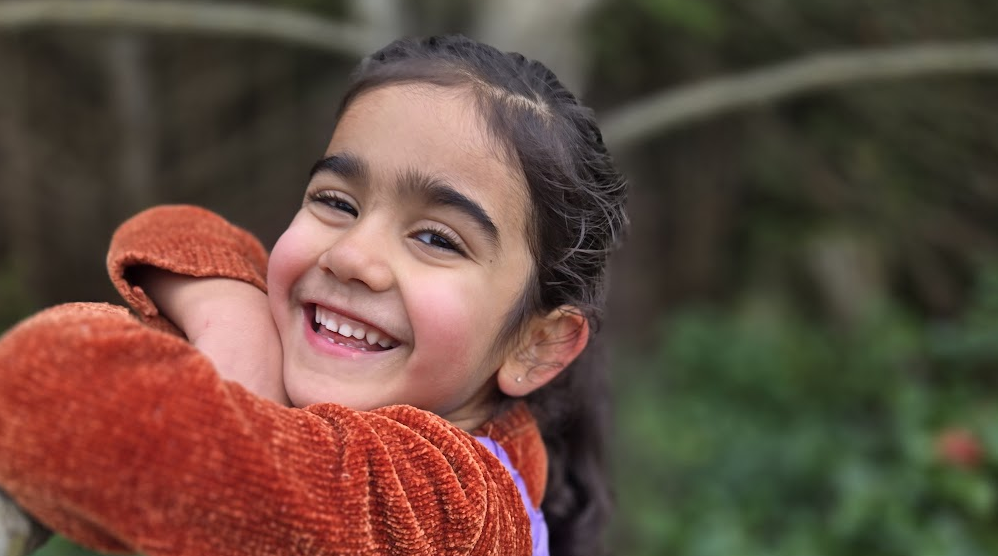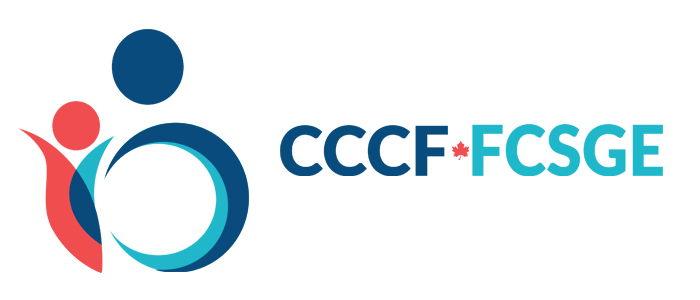Learn to implement a Children’s Rights-Based Approach to Practice. Through fun activities like storytelling, role-playing, and creative projects, educators empower children to understand and stand up for their rights. By weaving these principles into our curriculum, Early Childhood Educators pave the way for a more caring and inclusive world, starting from the earliest years.
As Early Childhood Educators, it is important to implement a Children’s Rights-Based Approach to Practice. Aligning with the United Nations Convention on the Rights of the Child (UNCRC), we as early childhood educators must assume the role of duty bearers as children hold the role of rights holders. Exploring this relationship helps to empower programs, and the children in our care. Upholding children’s rights involves two interactive components; as duty bearers we carry an obligation and accountability under the UNCRC to bring these rights to fruition. The rights-holders (children) actively participate by asserting their rights from us, the duty bearers (Lundy, McEvoy, & Byrne, 2011). One way to integrate opportunities for this interactive approach is to embedded rights-based elements in our daily curriculum.

What is a Rights-Based Approach to Practice?
A rights-based approach to practice in Early Childhood Education (ECE) emphasizes the importance of recognizing and respecting the inherent rights of every child from the earliest stages of development. Within this framework, ECE professionals prioritize the physical, emotional, cognitive, and social well-being of children, ensuring that their rights are upheld in all aspects of their learning and development. It is a framework that places the rights and best interests of the child at the forefront of decision-making, program implementation and curriculum development. It is rooted in the principles outlined in the United Nations Convention on the Rights of the Child (UNCRC). Though the convention is a detailed document, indications of practical applications or instructions on how to uphold these articles are not included (Colucci, & Wright, 2015). This approach involves creating inclusive and equitable learning environments where children feel valued, heard, and empowered to express their thoughts, feelings, and needs. ECE educators play a crucial role in advocating for children’s rights, providing opportunities for children to learn about their rights and responsibilities, and fostering a culture of respect, empathy, and social justice. By integrating principles from the United Nations Convention on the Rights of the Child (UNCRC) into their practice, ECE professionals can help lay the foundation for a more equitable and compassionate society, starting with the youngest members.

Integrating Children’s Rights into Curriculum
As early childhood educators, we have the critical role of interpreting the recommendations of the UNCRC, and considering what is in the best interests of children. This process involves consulting with children, understanding their perspectives, and ultimately integrating these insights into our curriculum. Responsibility falls on the educator to interpret children’s rights and best interests and integrate these into our curriculums. Some ways to do so include:
- Seeking and Explaining Consent: When completing observations or including photos of the children, it is important to seek their consent and permission. This is essential for children to understand participation, autonomy, and upholding their rights to privacy.
- Through Storytelling: Integrate books, stories, and literature that depict diverse characters and address themes of equality, fairness, and respect for others’ rights. Use these resources as opportunities for discussion and reflection on children’s rights.
- Role-Playing and Dramatic Play: Create scenarios or role-playing activities that allow children to explore and practice advocating for their rights and the rights of others.
- Visual Aids and Posters: Display posters (i.e the UNCRC) and visual aids that highlight children’s rights and corresponding responsibilities in the classroom. Make these materials accessible and engaging, incorporating child-friendly language and illustrations.
- Classroom Meetings: Hold regular classroom meetings where children can voice their thoughts, concerns, and ideas related to their rights and the curriculum.
- Art and Creativity: Encourage children to express their understanding of rights through art, music, and creative projects. Provide opportunities for them to create artwork that convey messages about equality, justice, and the importance of respecting others.

Conclusion
In closing, embedding a Children’s Rights-Based Approach in Early Childhood Education is key to creating welcoming and fair learning environments. By following the guidelines set out in the United Nations Convention on the Rights of the Child (UNCRC), educators ensure they fulfill their role in guaranteeing every child’s rights are acknowledged and respected. Integrating children’s rights into the curriculum means actively involving children, listening to their ideas, and giving them chances to learn, speak up, and be part of decisions. Through fun activities like storytelling, role-playing, and creative projects, educators empower children to understand and stand up for their rights. By weaving these principles into our curriculum, Early Childhood Educators pave the way for a more caring and inclusive world, starting from the earliest years.
Authors, Dr. Emmie Henderson-Dekort a contract faculty member in the Department of Child Studies and Social Work, and undergraduate Bachelor of Child Studies degree student Jewel May, at Mount Royal University have focused their work on a Children’s Rights Approach to practice awareness campaign. As part of a partnership between the Child Development Lab at MRU and the CCCF, with support of The Muttart Foundation, Emmie and Jewel have developed and presented a series of webinars for Early Childhood Educators to help them in their understanding and implementation of Children’s Rights in their practice. Further, they have also developed a self-assessment framework for educators and programs to evaluate their current program and curriculum for rights-based elements. In doing so, educators and programs can assess their application of the UNCRC and indicate areas that could use more rights-based consideration. By connecting with the Early Childhood Education community, Emmie and Jewel hope to increase awareness of the Convention on the Rights of the Child (CRC) and how we implement the articles within our daily practice.












